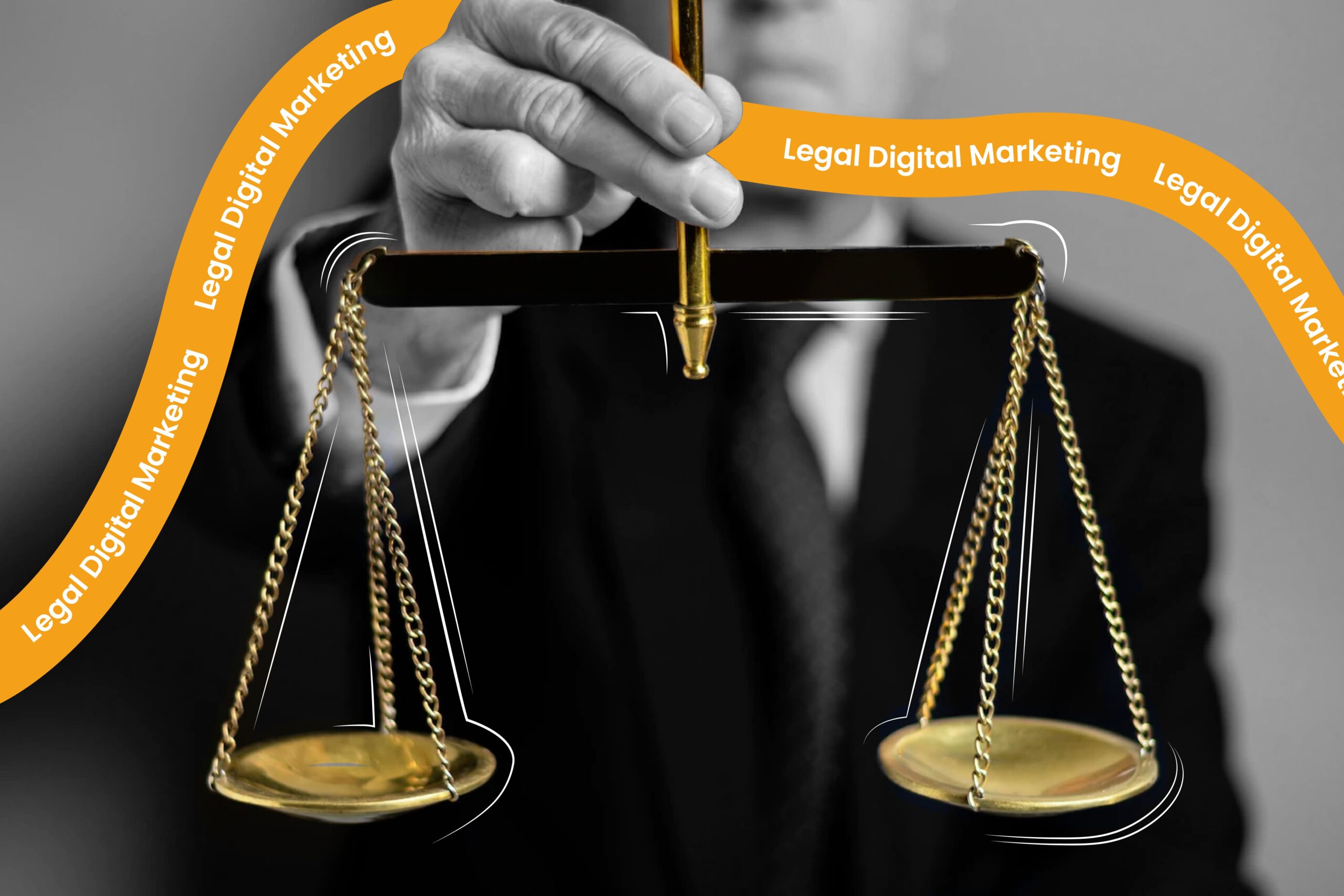According to NY Times Insights Group study the audience is provoked to share blog through highlighted key factors. People only share those contents that either brings entertainment or value to their connections in the social media sites. Informative content sometimes gets educational and comes off flat, it can’t have any last longing mark on social or emotional levels.
These are the situations where social content steps in to benefit you. It can also be regarded as a cross between content marketing and social media. The place where these two merges could be treated as Social Content.
When you are creating any content, you are more focused on creation and source part rather than sharing. Social content can pull the audience to make a content more authentic which further makes it relatable and personable. here, you are not just shooting out another thought or idea but are encouraging an emotional connection among people.
Here are three ways to leverage social content into your blog
1. Best Roundup Posts
You need to create content which includes authoritative links that will support the ideas you are presenting. This will increase content’s authority and information trustworthy. Rounding up through insights of experts from other sources will not only going to transform your social content but it will also expand it. Your piece of writing will gain more impact if your thoughts are supported by influencers or experts of your industry or by quotes. Direct contact with these influencers is not required, if you can manage it then it is a great way though.
You can keep a tap on the content that usually presents similar perspectives and ideas required by you, it will help you to take ideas from these sources and also for citation. Another way is to embed social channels or interactive visual or social elements to the posts.
2. Spotlights of Customers
If you are thinking of going for a case study based on a successful interaction with the customer then you need to think twice. Case studies are data driven and it's boring for the readers. Make your customer spotlight more engaging than before.
- One of the easiest tactics is to solicit all your customer and appeal them to share their story of success.
- Select stories among brand ambassadors and associate with them. Keep flashing stories at regular intervals, which you find are the biggest success stories.
- Those who have a retail establishment, this procedure can be followed in the video or picture forms. Ask your customers to share their story and you can further share them with your audience.
3. Leveraging Comments
You need to inspire your audience to engage or comment on every post you make. This will further help you in lifting those comments to get ideas that should be inculcated in the future posts. You will find many new thoughts and ideas by encouraging these discussions.
Another tactic is to post engaging questions asking about the reviews from the audience in these social channels. It is much like conducting the survey around a particular topic by engaging more and more people. The submissions you derive from these post will help you in creating quote contributors and round up post exactly the same way you created influencers round-up posts.
Engaging your audience through best roundup posts, creating a spotlight for customers and leveraging the comments you are receiving from your audience will definitely going to help your content in involving more with the community. This also means you are building a way towards your future engagements as are giving ample amount of weightage to customers opinions and contributions. This creates a social aura around the content you have written for a blog.
The ultimate marketing toolkit
Related Blogs
We explore and publish the latest & most underrated content before it becomes a trend.
4 min read
SaaS Workflow Automation Explained: Key Benefits and How It Transforms Your Business
By Sabah Noor17 min read
Your Guide on How to Get Clients as a Criminal Defense Attorney
By Sabah Noor
Subscribe to Saffron Edge Newsletter!

The ultimate marketing toolkit










